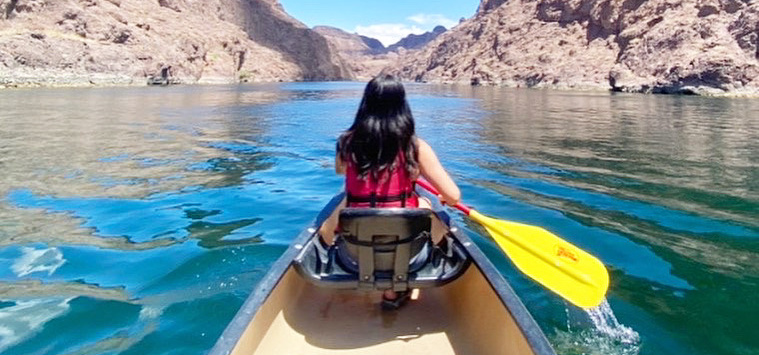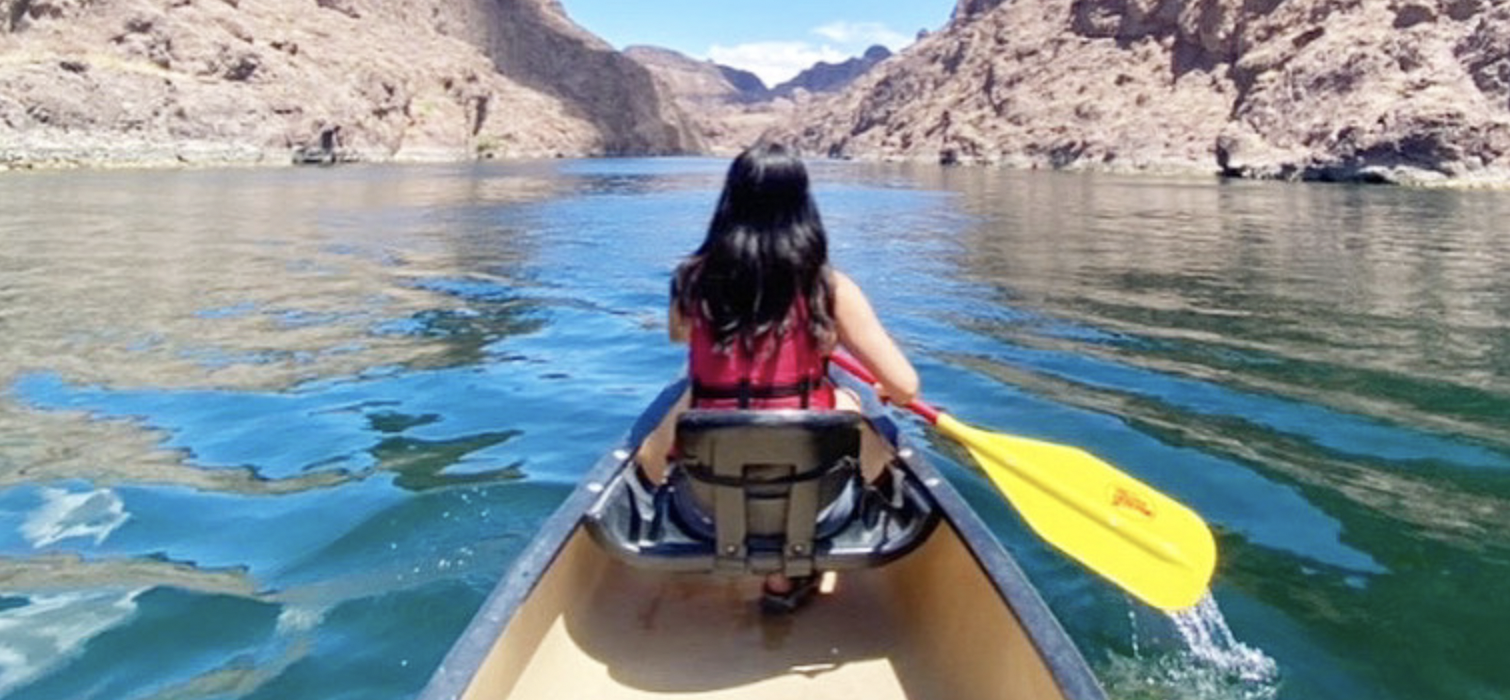
That elusive flow state.
It’s when you are happily absorbed in an activity, time both stands still and moves quickly. This is flow state. A term coined by Mihaly Csikszentmihalyi to describe a state of conscious activity, where people are genuinely satisfied and fully focused in the moment, with the task at hand. The activity generally involves creative abilities; and addresses challenges that are neither too challenging or too simple.
I’ve heard the definition of flow state before, and have experienced it sporadically, assuming it’s something that happens out of the blue, out of luck.
AND THEN
Last month, I attended a weekend Crux Adventure with Cairn Leadership Strategies. Cairn Leadership takes experiential leadership training to another level – inviting people to explore leadership topics through outdoor adventure. Perusing their website, I came upon the Black Canyon Canoe Trip. This adventure spoke to me because I have always been drawn to water – oceans, lakes, rivers. So when I read that they were taking a group of leaders down the Colorado River, I was sold.
There we were – a group of 8 people from different backgrounds, companies, and experiences – about to paddle down a river together, 12 miles in 3 days with two facilitator/guides. After a bit of discomfort and excitement of meeting new people, navigating our supplies into the canoes, and adjusting to the use of a paddle – I found myself completely absorbed in the activity of getting down the river; challenging, yet not too challenging. Creative, because we were in the most majestic surroundings, and also because creativity can be defined simply as doing something different. And this experience was simply that. In other words, I was in a flow state.

The weekend was designed for us to learn through being and doing. We also had conversations about leadership topics over breakfasts of hot oatmeal, lunches of brie cheese and apple sandwiches, dinners of fresh pizza, lentil soup, and camp made bread from scratch. During one of these conversations, the concept of flow state was introduced. Everyone in the group had at some point experienced flow. That is what we had in common. What some people knew, that I did not, is that flow state isn’t an accidental occurrence that you just fall into. You can stack the cards in your favor to catapult yourself into a state of flow!
HERE’S HOW
There have been triggers identified for the flow state. I’ve seen articles that say there are anywhere from 10 to 22 triggers to flow. No matter the number, those who write about flow contend that the triggers fall under three categories:
- Psychological Triggers
- Social Triggers
- Environmental Triggers
The key is to understand the flow state triggers under each category, and stack the ones that work for you, to actively create the right internal and external environment that puts you into flow. I created the chart below, so you (and I ) can play around with stacking triggers to see what works best.

Now knowing the triggers to flow, it is clear why it was so easy for me to get into flow on the river:
Psychological Triggers: We had a clear goal: move the boat down the river. The canoe and the water gave me immediate feedback. I am not new to water sports, but figuring out how to work as a team of two and navigate the waters definitely challenged my skills.
Social Triggers: Being occupied with one paddle stroke after another, combined with the fact that there was no access to phones or internet led to concentration. The novelty of the situation lent itself to creating a sense of risk. And I have a fair amount of confidence on the water, love a challenge, and am apparently competitive – that covered sense of control.
Environmental Triggers: We were out on the river with no access to communicating with anyone other than those we were with. It was up to us to get down that river = high consequences. We were deep in the Colorado River with mountains surrounding us, immersed in the beauty of nature; providing us a rich environment.
Back at home, it’s been an experiment.
I choose one trigger under each category and stack them to see if I can find flow. For example, I might choose an activity that has clear goals, pair that with concentration as I turn off my notifications and put my phone in another room. And top that off with immersing myself in deep embodiment; which for me means finding a quiet and inspiring spot to work in, playing some instrumental music, and having creative prompts around me.
YOUR TURN.
Use the chart below to stack your flow state triggers.

NOT ONE SIZE FITS ALL, OR ALL THE TIME.
Achieving a flow state is highly personalized. It may even be different for each person dependent on the day. So why go through the trouble of trying to find that flow state? Personally, I’ve found the benefits of being in flow are both practical and psychological. Practically, I am able to accomplish a lot of work while I am in the flow state. And psychologically, those accomplishments, along with the ease of accomplishing them the state of flow, builds my competence and confidence.
And who doesn’t want more of those? Enjoy finding your flow.
____________________________________________________________________________________________________________________
Interesting in an adventure of your own? Check out Cairn Leadership Strategies’ Crux Adventures.
Book Recommendation:
Finding Flow: The Psychology of Engagement with Every Day Life by Mihaly Csikszentmihalhi


